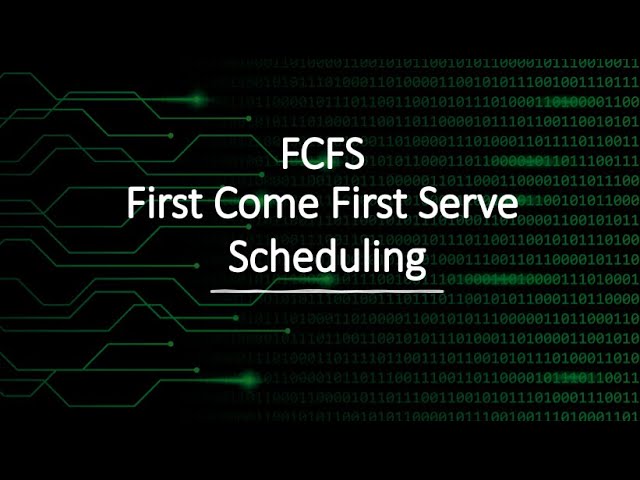Veneajelu: More Than Just a Boat Ride
When you hear the word Veneajelu, it may sound simple enough. In Finnish, it literally means “a boat ride.” Yet, like many words tied to culture, its meaning runs far deeper than its translation. For the Finnish people—surrounded by thousands of lakes, long coastlines, and a rich connection to water—veneajelu is not just about riding in a boat. It is about freedom, nature, relaxation, and sometimes even a spiritual reset.
In a country where water and forest dominate the landscape, veneajelu has become both a tradition and a way of life. To truly understand what it means, we need to step onto the boat ourselves—figuratively speaking—and explore the experience from multiple angles.
The Roots of Veneajelu in Finnish Life
Finland is famously called the “land of a thousand lakes,” though in truth, it has closer to 188,000 of them. With such a landscape, it’s no wonder boating is woven into everyday life. For centuries, boats weren’t just recreational—they were necessary. People used them to fish, trade, and connect villages across vast stretches of water.
As technology advanced and roads replaced waterways as the main arteries of travel, the role of boats changed. Yet the tradition of veneajelu remained. It shifted from being about survival to being about enjoyment, but the deep respect for water never disappeared.
Today, when Finns talk about veneajelu, it can mean anything from paddling a small rowboat across a calm lake to cruising on a modern motorboat under the midnight sun. It’s about connection—both with nature and with the cultural roots that have tied the people of Finland to the water for generations.
The Spirit of Relaxation
Ask someone in Finland why they love veneajelu, and one of the first answers you’ll hear is relaxation. The act of gliding across still water, hearing only the soft sound of waves against the boat and birds overhead, is soothing in a way that few other experiences are.
Modern life can be hectic, even in a country known for its balance and quiet spaces. But the water has a calming effect. Being on a boat gives people a break from routine, screens, and city sounds. It allows them to breathe, slow down, and reconnect with themselves.
In many ways, veneajelu is like Finland’s version of meditation. The boat doesn’t have to go fast; it just has to go.
Veneajelu as Family Tradition
For many families, veneajelu is more than a personal escape—it’s a shared ritual. Parents take children out on the water, teaching them how to row, steer, or cast a fishing line. Stories are shared, laughter carries across the water, and memories are built that last a lifetime.
It’s not unusual for families to have small summer cabins near lakes, and boats are often part of that lifestyle. Going for a veneajelu after dinner or on a sunny afternoon is as normal as taking a walk around the neighborhood in other cultures. It’s part of the rhythm of Finnish summer.
This family tradition keeps the meaning of veneajelu alive across generations. Children who grow up with it often pass it on, ensuring the connection between people and water remains strong.
The Seasonal Beauty of Veneajelu
One of the magical things about veneajelu is how it changes with the seasons.
- In summer, it’s about leisure and long days. The sun barely sets, and a boat ride can stretch late into the evening under golden skies.
- In autumn, the lakes reflect the fiery colors of the changing leaves, and veneajelu becomes a quiet, reflective journey.
- In spring, as the ice melts and nature awakens, the first boat ride of the year feels like a celebration of renewal.
Even winter, though frozen, plays a role. People wait eagerly for the thaw, knowing that veneajelu will soon return. The anticipation makes the experience even more cherished when it finally arrives.
Veneajelu and the Finnish Connection to Nature
If there’s one theme that defines Finnish culture, it’s closeness to nature. Whether it’s the forests, the lakes, or the northern lights, Finns don’t just live near nature—they live with it. Veneajelu embodies that philosophy perfectly.
Being on the water puts people right in the middle of nature. They see fish jump, hear loons call, and feel the fresh breeze on their skin. It’s not about conquering nature but about coexisting with it. This harmony is central to the meaning of veneajelu.
For many Finns, veneajelu is also about silence. In a boat, far from roads and cities, there’s space for quiet. That silence isn’t empty—it’s full of meaning, allowing reflection and peace that’s hard to find anywhere else.
The Social Side of Veneajelu
While veneajelu is often peaceful and solitary, it can also be social. Friends gather in boats for fishing trips, picnics, or just to enjoy time together on the water. In larger towns with coastal access, people even meet for sailing clubs or group rides, blending tradition with community.
The act of boating together has a bonding effect. Conversations flow more easily when the distractions of daily life are left onshore. The shared experience of moving across the water creates connection in a way that few activities can.
A Symbol of Freedom
Beyond relaxation, family tradition, and community, veneajelu represents something even bigger: freedom. On the water, you’re not bound by streets or traffic lights. You can set your own direction, follow the shoreline, or simply drift.
This sense of freedom resonates deeply in a country where independence and personal space are highly valued. It’s not about going somewhere specific—it’s about going. The open water symbolizes possibility, choice, and escape.
Veneajelu as Cultural Identity
Though it might sound like a small detail of Finnish life, veneajelu actually ties into national identity. For many Finns, it’s a reminder of who they are and where they come from. It connects modern lifestyles to older ways of living, keeping cultural threads alive.
It also plays a role in how Finland is perceived internationally. Tourists visiting the country often experience veneajelu as part of their trip, whether on a lake, river, or coastal tour. For them, it’s a window into the Finnish way of life—simple, natural, and deeply tied to water.
The Lessons of Veneajelu
Perhaps one of the most beautiful things about veneajelu is the lessons it teaches without words:
- Slow down. Life doesn’t always have to move at full speed.
- Be present. Nature has more to offer when we take time to notice it.
- Value simplicity. A boat ride doesn’t require luxury to bring joy.
- Stay connected. With family, with friends, and with traditions that remind us who we are.
These lessons are part of why veneajelu is cherished—not just as an activity but as a way of thinking about life itself.
Final Thoughts
At first glance, veneajelu may seem like just a boat ride. But when you look closer, you see that it holds layers of meaning for the Finnish people. It’s about relaxation, tradition, nature, freedom, and cultural identity. It’s both an everyday habit and a cherished ritual, simple yet profound.
In a modern world that often feels fast and complicated, veneajelu stands out as a reminder of the power of simplicity. A boat, a body of water, and a moment to breathe—that’s all it takes. Yet in that simplicity lies something deeply human, something timeless.
For Finland, veneajelu is more than transportation or even recreation. It’s a way of living. And for anyone lucky enough to experience it, it’s a gentle reminder that sometimes the best journeys aren’t about the destination at all—they’re about the ride itself.





